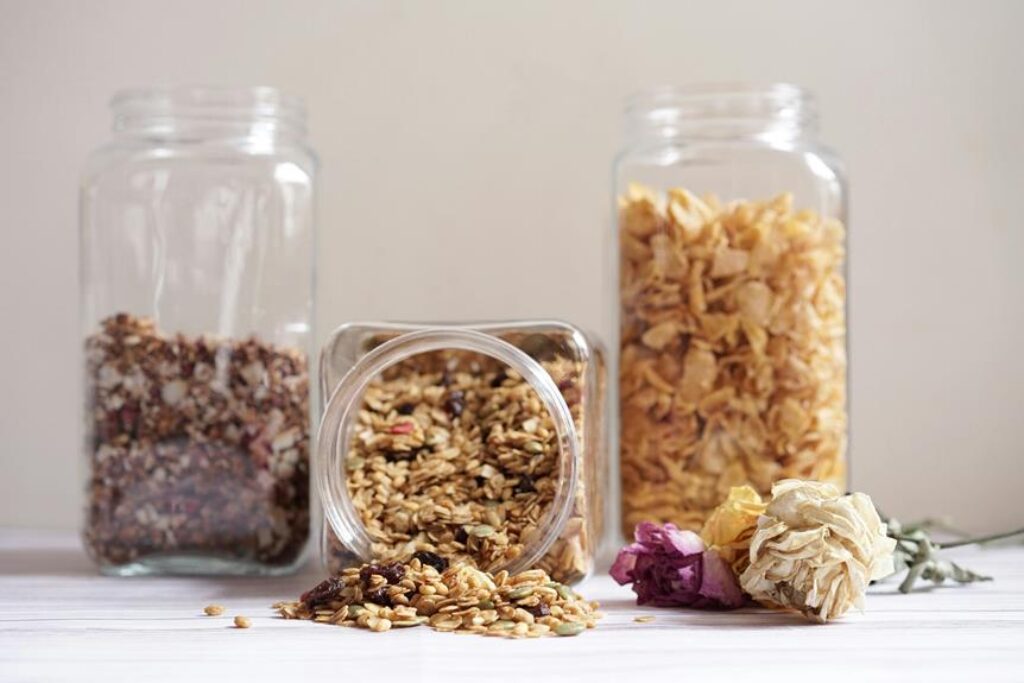
When it comes to meal prepping without refrigerators, the challenge lies in finding ways to maintain freshness without the usual cold storage. But fear not, as there are strategies and methods that can help you overcome this obstacle. By exploring innovative techniques and being mindful of certain principles, you may discover a whole new world of meal prep possibilities that don’t rely on traditional refrigeration. Stay tuned to uncover the secrets of keeping your prepped meals fresh and delicious without the need for a fridge.
Challenges of Refrigerator-Free Meal Prep
If you’re meal prepping without a refrigerator, you’ll face unique challenges that require creative solutions. One major hurdle is keeping perishable ingredients fresh without the luxury of a cooling appliance. To tackle this, consider opting for ingredients with longer shelf lives, such as grains, canned goods, and root vegetables. These items can withstand room temperature storage for longer periods.
Another obstacle is maintaining the freshness of prepped meals throughout the week. Without a refrigerator, it’s crucial to focus on proper food handling techniques. Ensure that cooked dishes are promptly cooled to room temperature before sealing them in airtight containers. Additionally, divide meals into individual portions to minimize the risk of contamination when reheating.
Transporting meals can also be tricky without the cooling capacity of a fridge. To address this, invest in insulated containers or lunchboxes with ice packs. These will help keep your meals at a safe temperature while on the go. By thinking ahead and implementing strategic solutions, you can successfully navigate the challenges of meal prepping without a refrigerator.
Best Practices for Fresh Meal Prep
To ensure optimal freshness in your meal prep, prioritize proper storage techniques and ingredient selection. Start by choosing fresh, high-quality ingredients. Opt for sturdy vegetables like carrots, bell peppers, and cabbage that can withstand room temperature storage. Select whole grains such as quinoa and brown rice that have a longer shelf life compared to refined grains. When it comes to proteins, consider canned tuna, beans, or dried lentils that don’t require refrigeration.
For storage, use airtight containers to keep your meals fresh. Mason jars are great for salads, overnight oats, or layered meals. Invest in insulated lunch bags or coolers with ice packs if you need to transport your meals. Keep perishable items like dairy, meat, and cooked grains in a cool, dark place away from direct sunlight. Rotate your ingredients regularly to ensure you use the oldest items first.
Alternative Food Storage Solutions
Consider utilizing vacuum-sealed bags as an alternative food storage solution to maintain freshness without refrigeration. Vacuum-sealed bags help in preserving food by removing air, which slows down the growth of bacteria and prevents spoilage. These bags are airtight and can effectively keep oxygen out, extending the shelf life of your meals. Additionally, vacuum-sealed bags are convenient for portioning out your meals and keeping them organized.
Another alternative food storage solution is using airtight containers. These containers create a barrier against moisture and air, helping to prevent food from spoiling quickly. Airtight containers come in various sizes and shapes, making them versatile for storing different types of meals. They’re reusable and easy to clean, making them a sustainable option for food storage.
If vacuum-sealed bags and airtight containers aren’t available, consider using dry storage methods such as storing food in a cool, dark place away from sunlight. Pantries or cabinets can provide suitable conditions for storing non-perishable items like canned goods, dried fruits, nuts, and grains. These storage solutions can help maintain the freshness of your meals without the need for refrigeration.
Tips for Maintaining Meal Freshness
For optimal meal freshness without refrigeration, prioritize proper food rotation to ensure you consume the oldest items first. This practice helps prevent food spoilage and ensures that you utilize your meals before they lose freshness.
When storing meals, make sure to seal them in airtight containers to maintain their quality. Avoid leaving prepared meals at room temperature for extended periods; instead, store them in a cool, dark place to slow down the growth of bacteria.
Additionally, consider utilizing ingredients that have a longer shelf life, such as dried beans, rice, or canned goods. These items can withstand storage without refrigeration for longer periods.
When preparing meals, incorporate ingredients that naturally have preservative properties, like vinegar, citrus juices, or certain herbs and spices. These natural preservatives can help extend the freshness of your meals.
Kitchen Appliances














